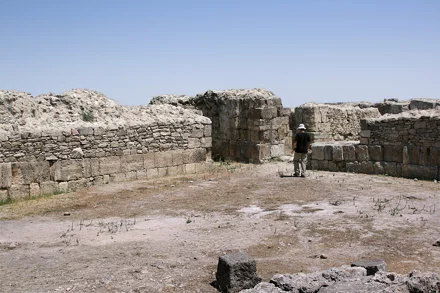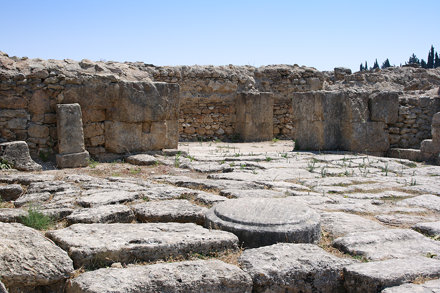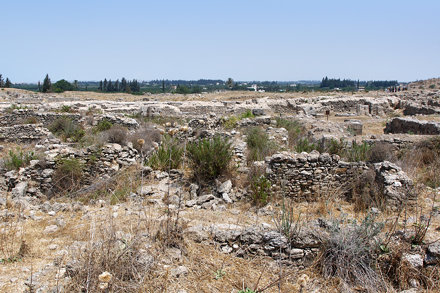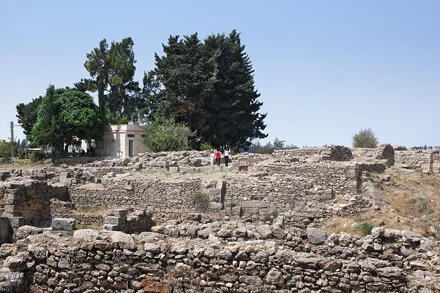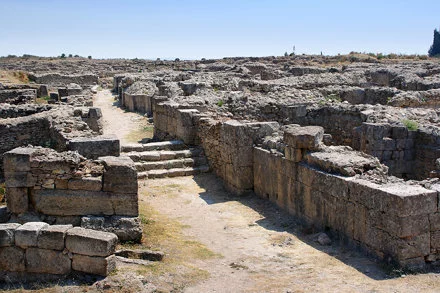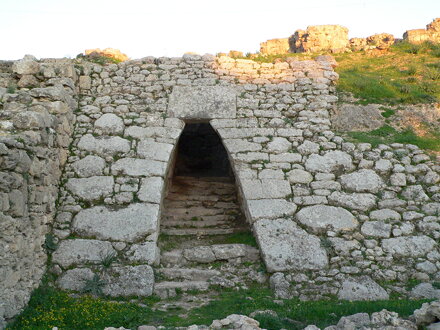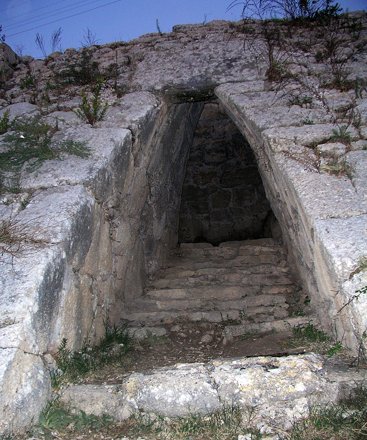The discovery of Ugarit revolutionized archaeology and historical understanding. Remarkably, it was found by chance in 1929 when a farmer plowing his land in Minet el-Beida struck a large, intricately carved stone. Specialists identified it as part of a burial chamber roof, prompting the French Mandate authorities to launch an excavation led by Claude Schaeffer. Work continued until World War II. Ugarit was a thriving city enclosed by thick walls and attracted migrations like that of the Amorites. Clay tablets found at the site mention other cities and attest to its prosperity during the Middle and Late Bronze Ages. The city had direct ties to nearby islands, particularly Alashiya (Cyprus). Its coastal location and low-lying mountains made it a key trade hub. Ugarit also shows Egyptian influence, especially under Canaanite rule in the second millennium BCE. This is evident in royal artifacts uncovered during excavations.
